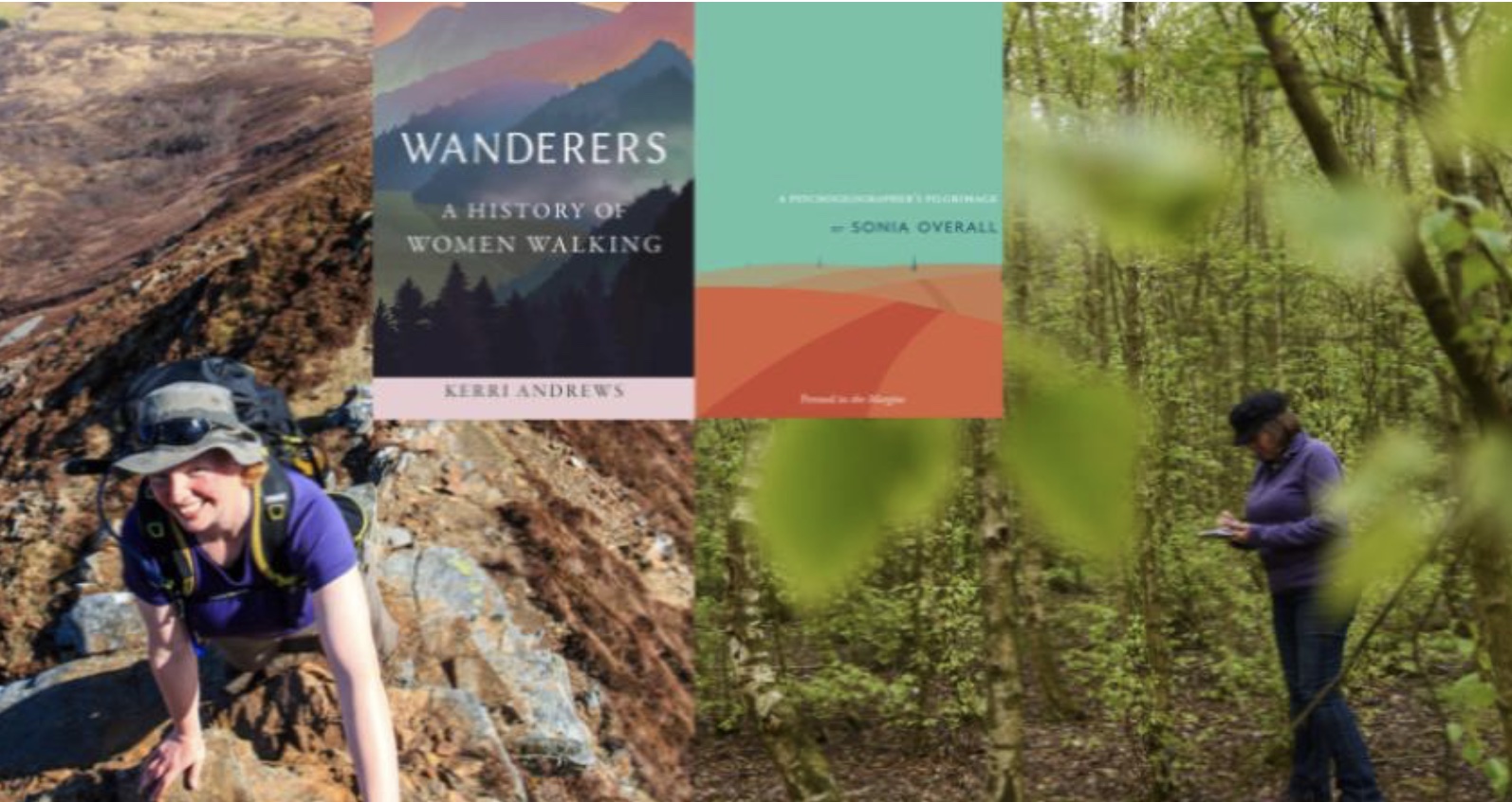Women walk. Kerri Andrews discusses her book, ‘Wanderers’, about ten women who have found walking essential to their sense of themselves. Sonia Overall takes the path of the lone woman walker, seeking out ‘thin places’ where past and present collide, and where new ways of living might begin.
Wanderers: A History of Women Walking
Kerri Andrews discusses her book, Wanderers, about ten women over the past three hundred years who have found walking essential to their sense of themselves, as people and as writers.Wanderers traces their footsteps, from eighteenth-century parson’s daughter Elizabeth Carter – who desired nothing more than to be taken for a vagabond in the wilds of southern England – to modern walker-writers such as Nan Shepherd and Cheryl Strayed. For each, walking was integral, whether it was rambling for miles across the Highlands, like Sarah Stoddart Hazlitt, or pacing novels into being, as Virginia Woolf did around Bloomsbury.
Offering a beguiling view of the history of walking, Wanderers guides us through the different ways of seeing – of being – articulated by these ten pathfinding women.
Kerri is Senior Lecturer in English Literature at Edge Hill University. She writes about literary history, particularly untold or forgotten histories, and has published widely on women’s writing. Her book, Wanderers: A History of Women Walking, will be published by Reaktion Books in September 2020. Kerri is also one of the leaders of Women In The Hills, an Arts and Humanities Research Council-funded project aimed at exploring the factors enabling and inhibiting women’s access to upland landscapes. The project brings together people from all areas of walking, mountaineering, land access and management, to drive change in women’s access and experiences.
Psychogeographical Pilgrimage – Seeking Thin Places
Sonia Overall takes to the old pilgrim roads, navigating a route from Canterbury to Walsingham via London and her home town of Ely. Vivid in her evocation of a landscape of ancient chapels, ruined farms and suburban follies, Overall’s secular pilgrimage elevates the ordinary, collecting roadside objects – feathers, a bingo card, a worn penny – as relics. Facing injury and interruption, she takes the path of the lone woman walker, seeking out ‘thin places’ where past and present collide, and where new ways of living might begin.
Sonia Overall is a writer, psychogeographer and Senior Lecturer at Canterbury Christ Church University, where she runs the MA in Creative Writing. Her publications include the novels A Likeness and The Realm of Shells, and the poetry collection The Art of Walking. She is the founder of the Women Who Walk network of walking artists and academics, and an occasional musician, mummer and puppeteer. Her book Heavy Time published 1 June 2021 from Penned in the Margins. She is the leader of the #DistanceDrift Sunday morning lock down walks.


